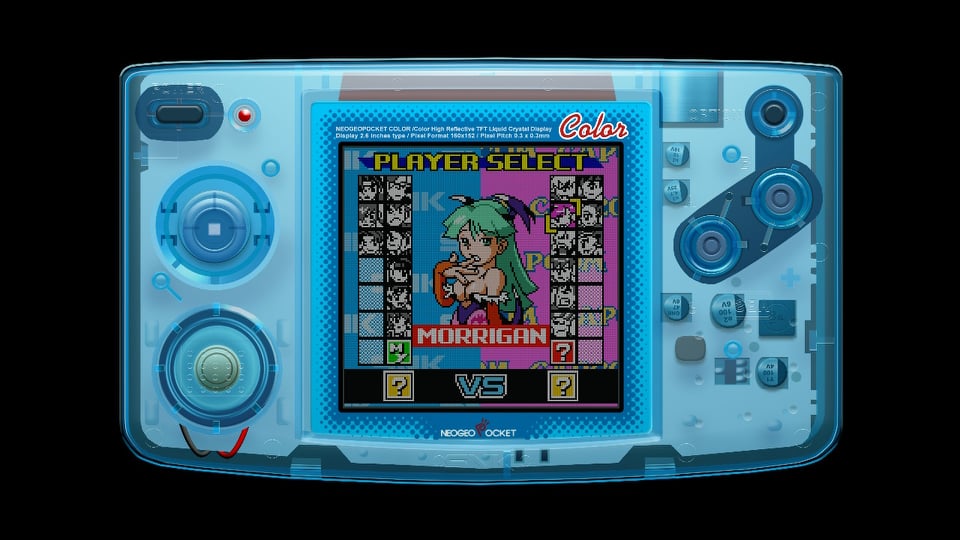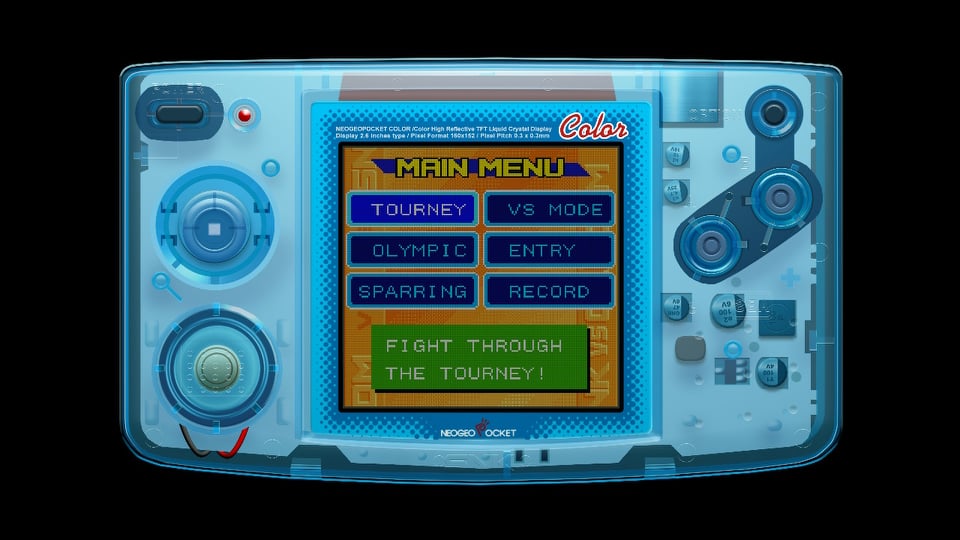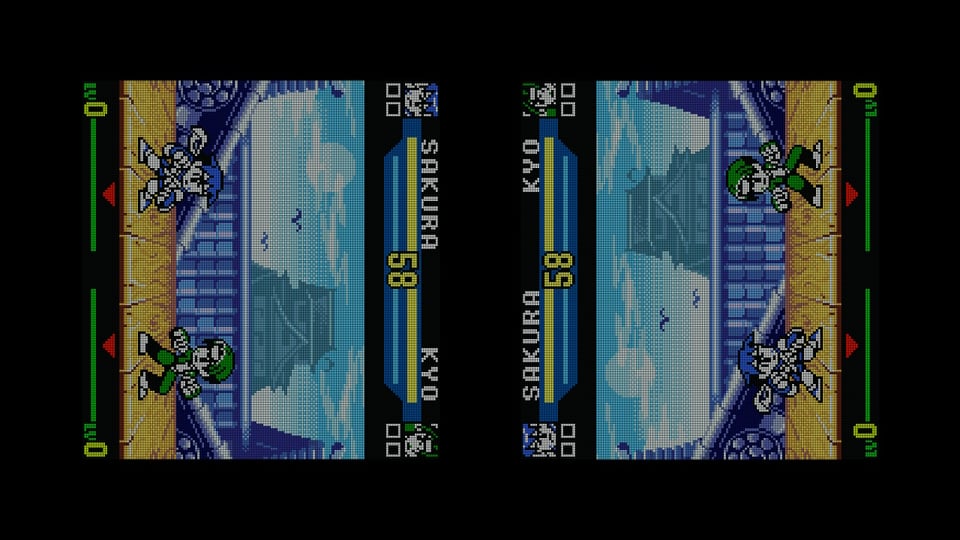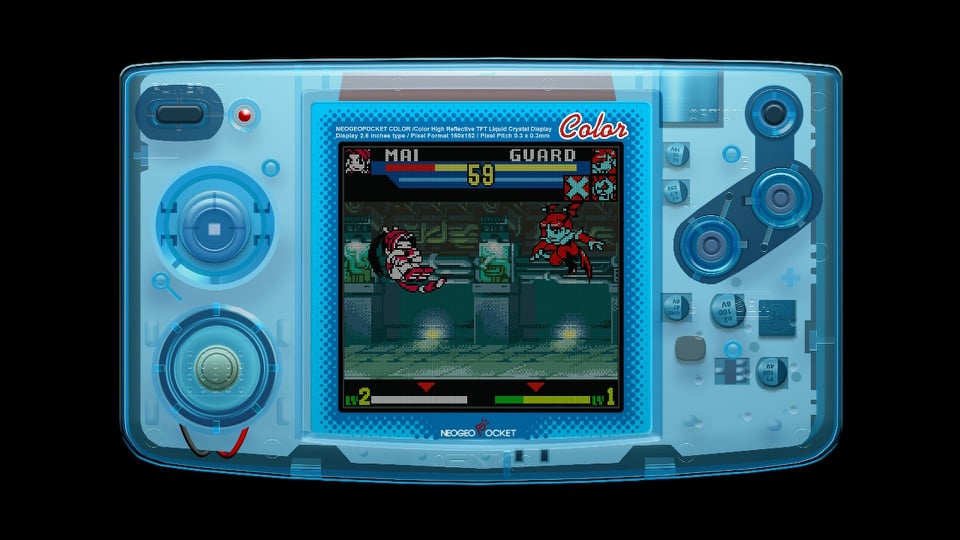Fighting Games have come an incredible way since the start of the genre, but unfortunately they still remain a niche in the whole gaming spectrum. There are huge communities with fighting games at their roots, and yet still they never get the merit they rightly deserve.
My first memories of gaming were getting beat up by my cousin in both Street Fighter and Tekken on PS1, so obviously my time with fighting games had a rough start. Fighting games non-competitively were mostly played as a sort of party game, long before the existence of the actual party games. People used to sit together and “play” fighting games, and I’m using quotes for play as the experience generally awarded the person mashing the hardest.
The majority of people has touched a Tekken game in their time, and if they cannot name two characters even if their life depended on it, they will no doubt recognize the face of Eddy Gordo, the master of the X and O mashing which made you world champion of your small community.
Years later, and these fighting games still do not get that much appreciation. What they do get though is a lot of love, from both people who play the game and also the people who make them. It comes to no surprise then that SNK VS CAPCOM: Match of the Millenium is a heat-seeking missile, aimed at the hearts of those who grew up with either SNK or CAPCOM’s classic fighting titles, as well as those who invested in a NeoGeo console back in the 90s.
The NeoGeo was the console for games at the arcades, and therefore included a lot of fighting games since Japan was the mecca for arcade shops. This remaster, catered exclusively for the Nintendo Switch, will be sure to bring back memories of the classic Match of the Millenium game, which released on the NeoGeo Pocket Colour back in 1999. The Nintendo Switch version is incredibly faithful to its 22 year old counterpart, including basically everything on the original cartridge.

That said, SNK VS CAPCOM: Match of the Millenium is an incredibly solid fighting game, with quite a good starting roster to select your fighter from, and an additional 8 characters which are unlocked through playing the game. Reminiscing of older times when DLC was not a thing, this gives an incentive to revisit the game once you have finished one story playthrough, which modestly speaking will not take more than an hour, or maybe a couple for someone totally new to fighting games.
The game features move-lists which will make you think you are playing a recent title from one of the games featured in the release – whether performing a Hadouken with Ryu, Tatsumaki with Akuma or Mai’s throws. The inputs feel good, and performing dp motions is very satisfying. Unfortunately, the Nintendo Switch’s arrows are not designed for these motions, so you’ll get a little frustrated when your move does not come out. Luckily, this is not as frequent, but it tends to happen.

Apart from the Tourney, which is the game’s story mode, there are a couple of other modes which players can select. Olympic mode will permit the player to access a number of mini-games, and while not complex at all, are quite entertaining for what they are. There are fighting mini-games, such as a survival mode, which was one of the main features in fighting games before the rise of online, and it includes fighting hordes of enemies one after the other until you get knocked out.
There are also mini-games not related to fighting, such as Ghost Trick, where you need to loot the gold or chest without getting caught, or Cat Walk, which is a cute little rhythm game to channel your inner Dance Dance Revolution fanatic. It all adds up to a great selection of mini-games that are really simple but also very fun.
The Sparring mode in Match of the Millenium is probably its most underwhelming option, as it is a practice mode but without the option to access any move list. This makes it harder to learn a character or practice for the main story option, and while you can set the CPU’s difficulty to practice playing, which may help in figuring out some of the inputs for your character’s key moves. That said, you can practice against the CPU during the story mode itself, making Sparring mode almost redundant.

VS Mode is an incredibly neat option for SNK VS CAPCOM: The Match of the Millenium, and a perfect option for the always on-the-go gamer. This permits players to each control a character with a detachable joycon, with the analog stick becoming movement and the four face buttons on each joycon the inputs. Being a 2-button fighter makes this even simpler, as you only essentially need two face buttons along with movement. The screen divides itself vertically as in the screenshot above, making offline play practical as well.
My biggest gripe with SNK VS CAPCOM:The Match of the Millenium is the NeoGeo emulator being shown at all times during gameplay. I understand that the resolution and screen ratio of the Switch are not ideal, but with a screen already as small as the one on Nintendo’s handheld, it feels like such a waste to have half of it occupied by the design of another console. I understand it may feel nostalgic to owners of SNK’s handheld, but at least it should be an option to turn off in the settings, and not force people to play on a very limited screen size which is practically a third of the Switch’s screen.

Having said that, SNK VS CAPCOM: Match of the Millenium is an incredibly fun game for its size and age, given it is still an emulation of a 1999 title. There is absolutely no issue with buttons or presses, making it almost a native title on the Switch. Adopters of SNK’s NeoGeo will surely love this digital offering from Nintendo’s eShop, but even fighting game fans such as myself will have a fun time with this title.
Visit the game’s official page on the Nintendo website.
For more gaming reviews, be sure to check out our section HERE.